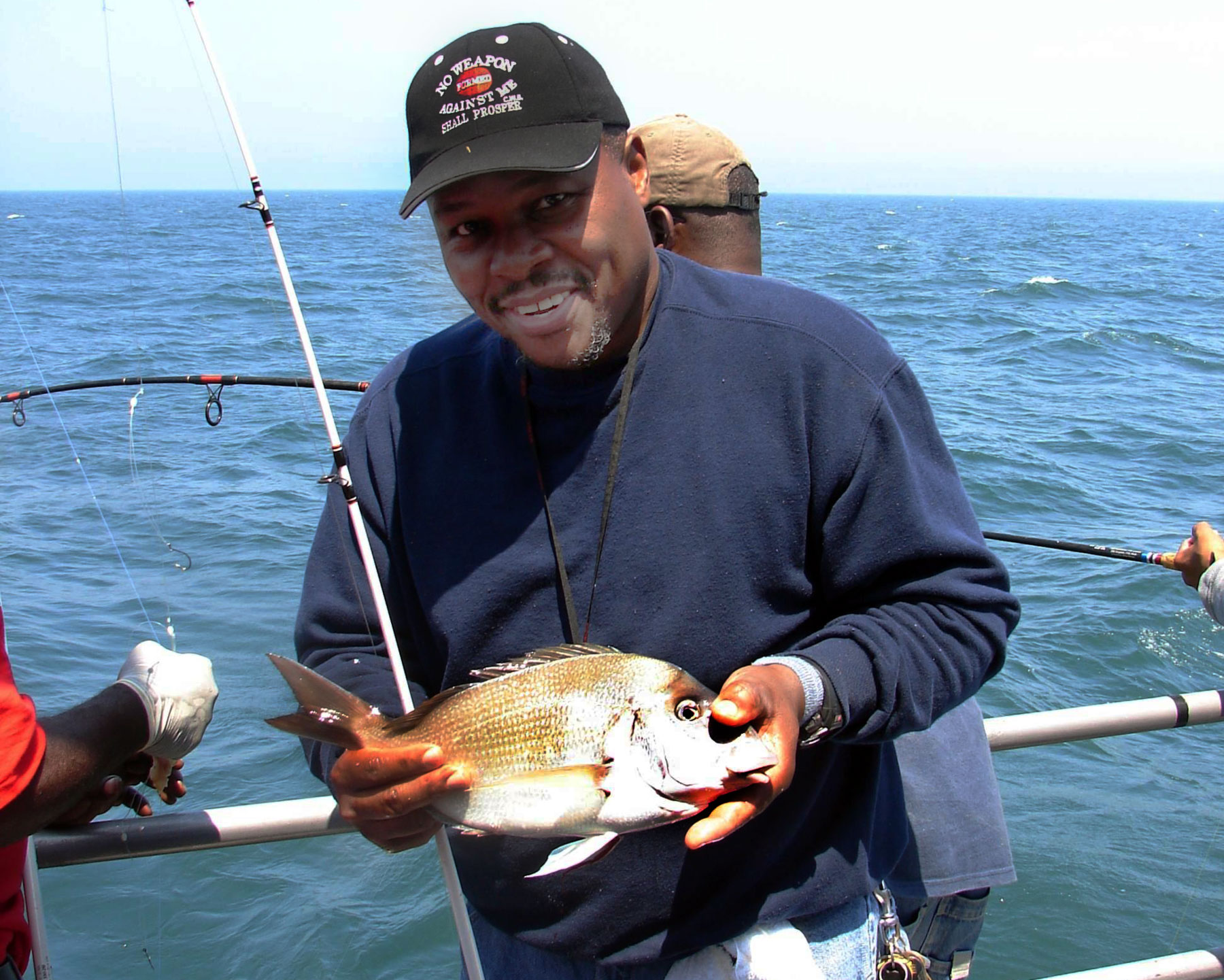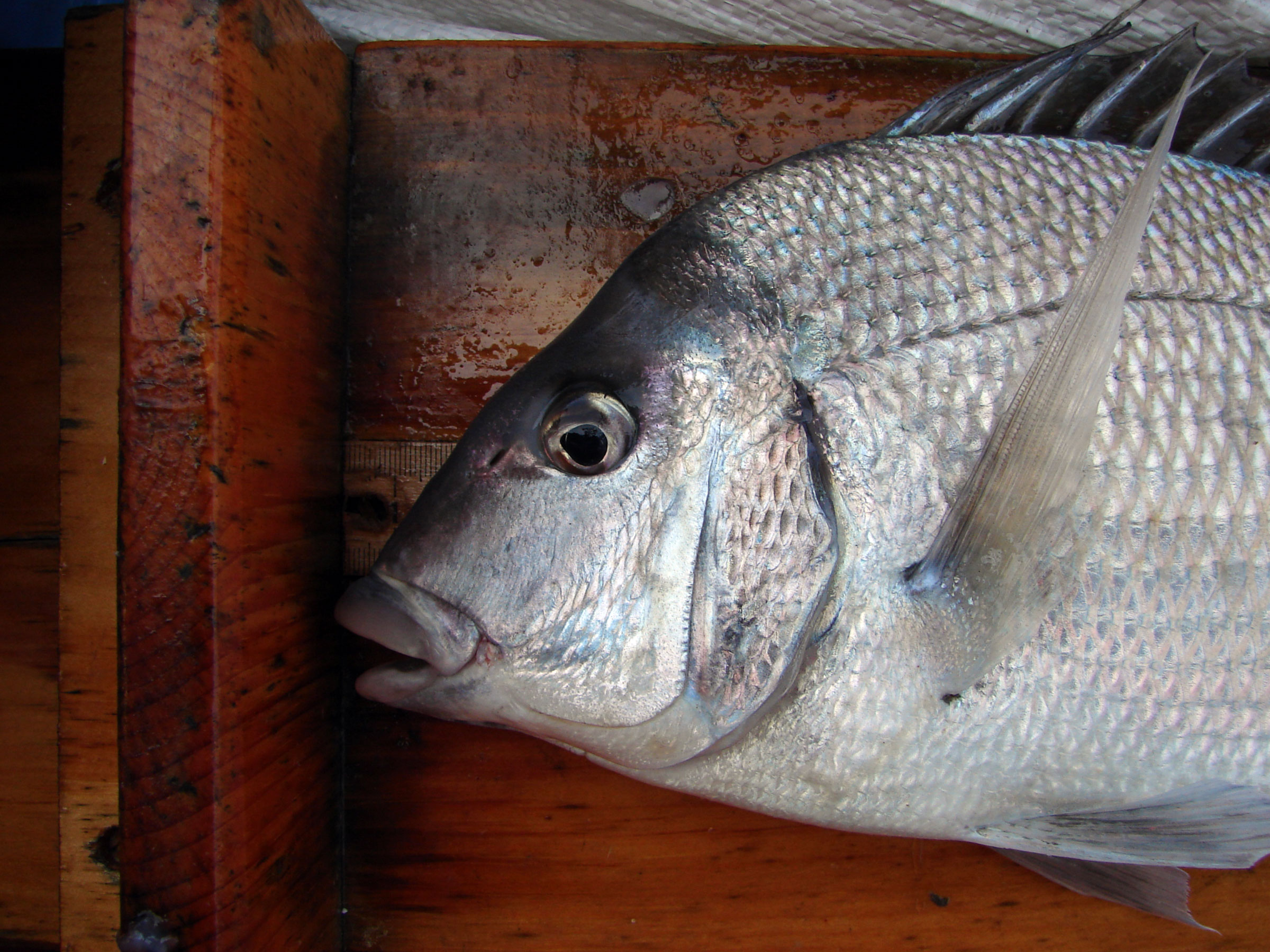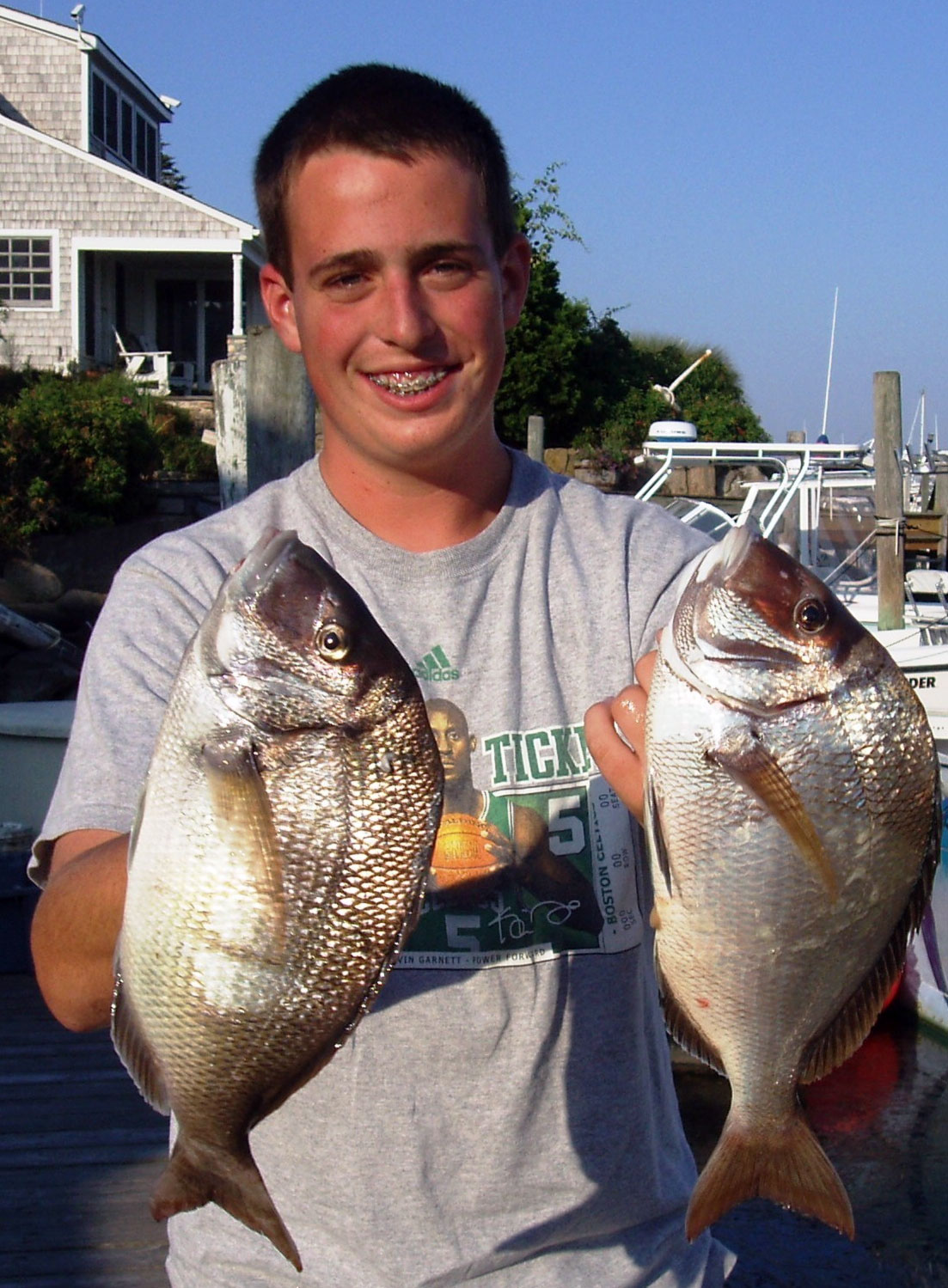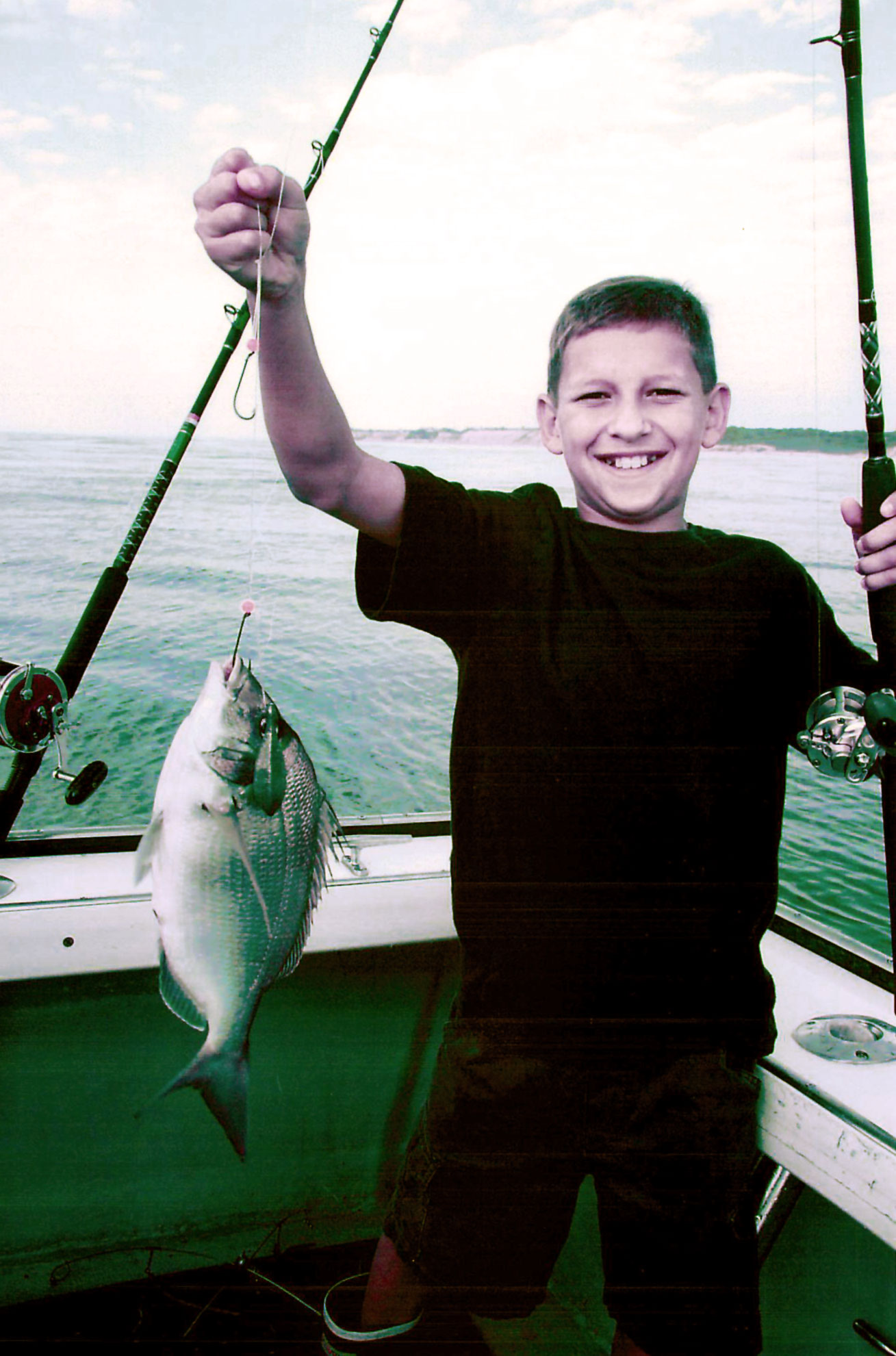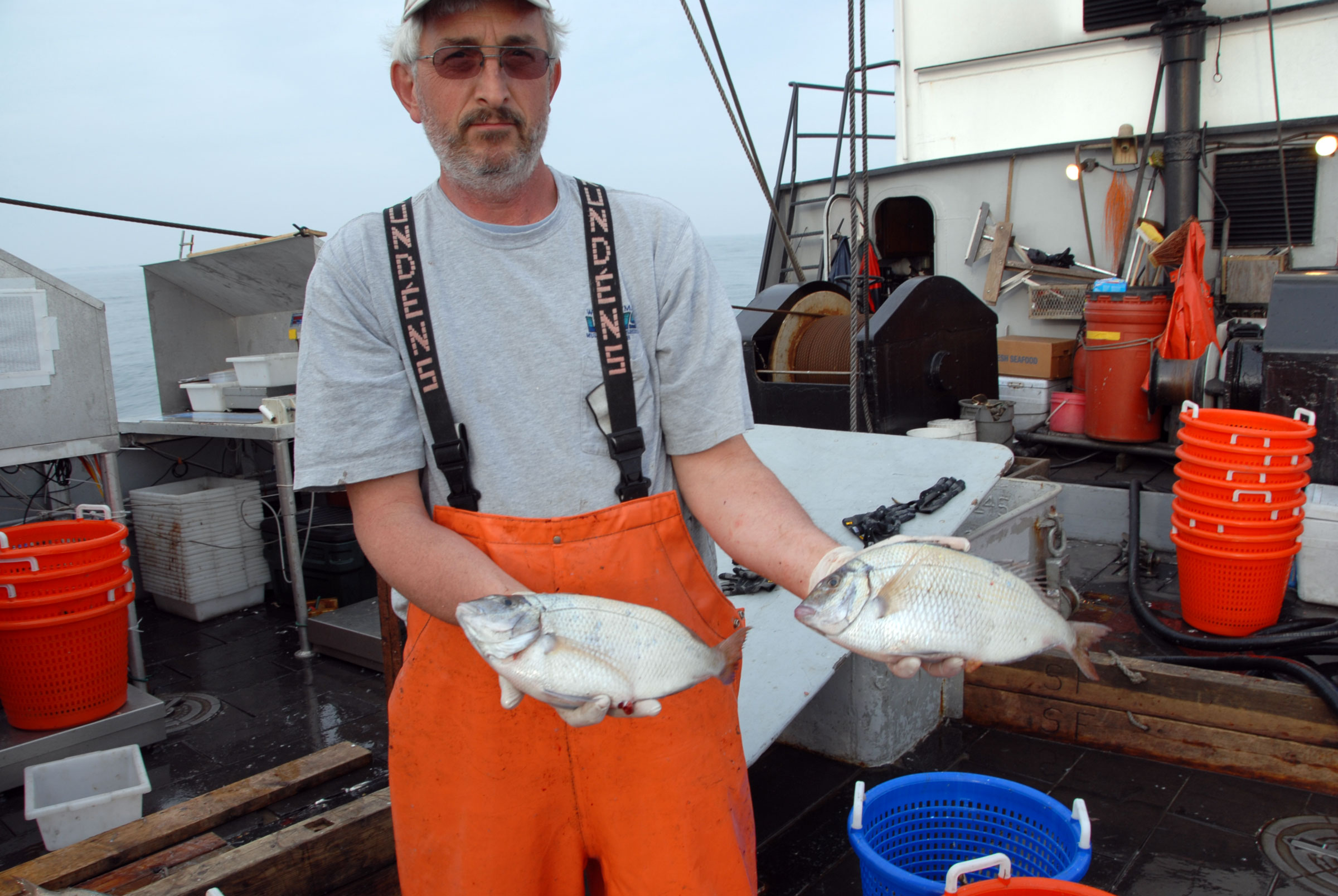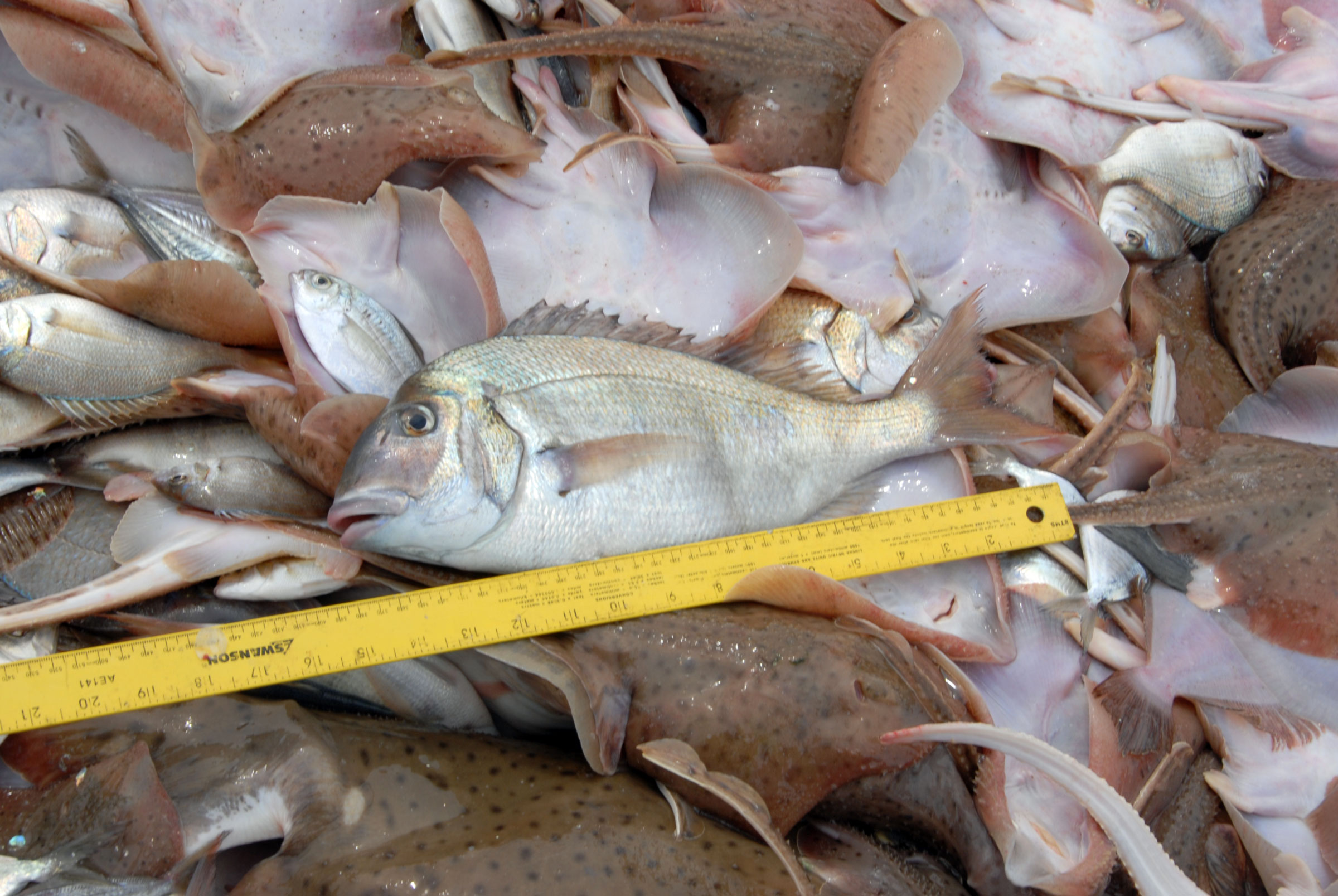Scup
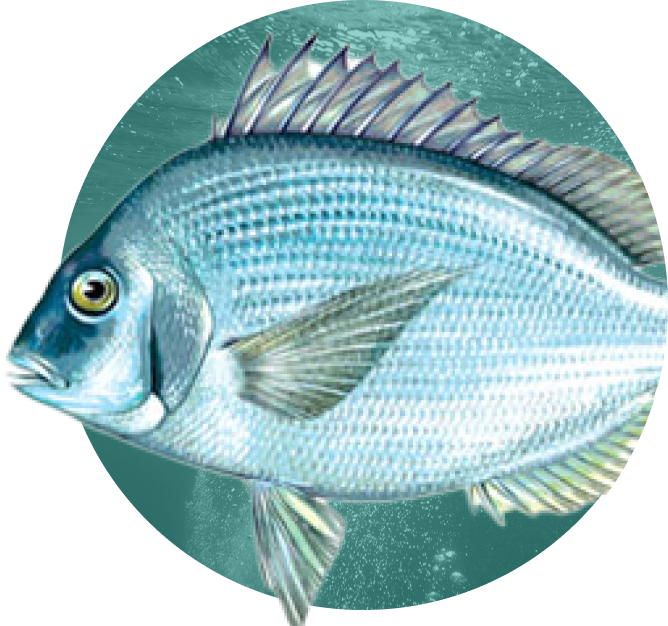
Latest News and Resources
-
Meeting Summary and Motions from the Joint Meeting of the MAFMC & ASMFC Policy Board, and Summer Flounder, Scup and Black Sea Bass Board — December 2025
-
2026 Winter Meeting Preliminary Agenda
-
Addendum XXXVI to the Summer Flounder, Scup and Black Sea Bass Fishery Management Plan and Addendum III to the Bluefish Fishery Management Plan
Latest News and Resources
-
Meeting Summary and Motions from the Joint Meeting of the MAFMC & ASMFC Policy Board, and Summer Flounder, Scup and Black Sea Bass Board — December 2025
-
2026 Winter Meeting Preliminary Agenda
-
Addendum XXXVI to the Summer Flounder, Scup and Black Sea Bass Fishery Management Plan and Addendum III to the Bluefish Fishery Management Plan
-
Meeting Summary and Motions from the Joint Meeting of the MAFMC & ASMFC Policy Board, Bluefish Board, and Summer Flounder, Scup and Black Sea Bass Board — August 2025
-
Scup Management Program Overview
-
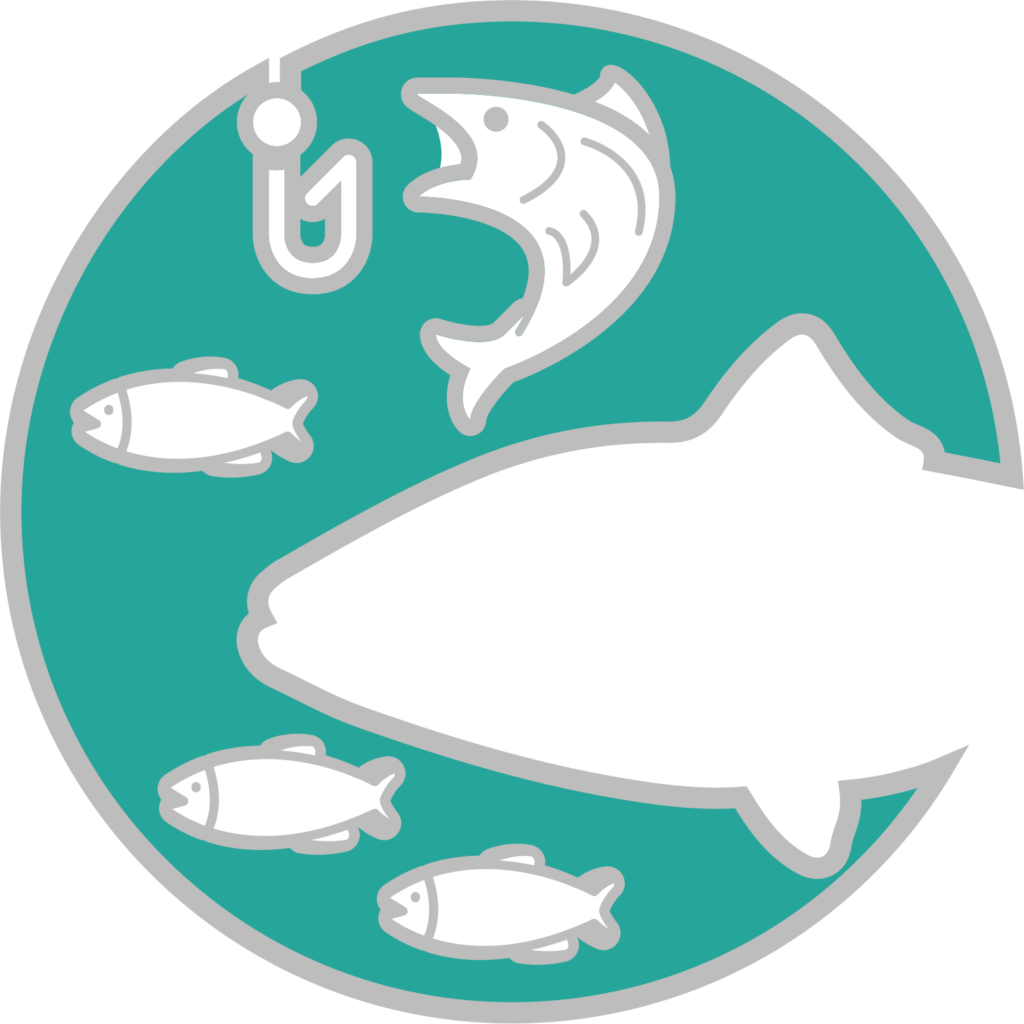
Population Abundance
Not overfished
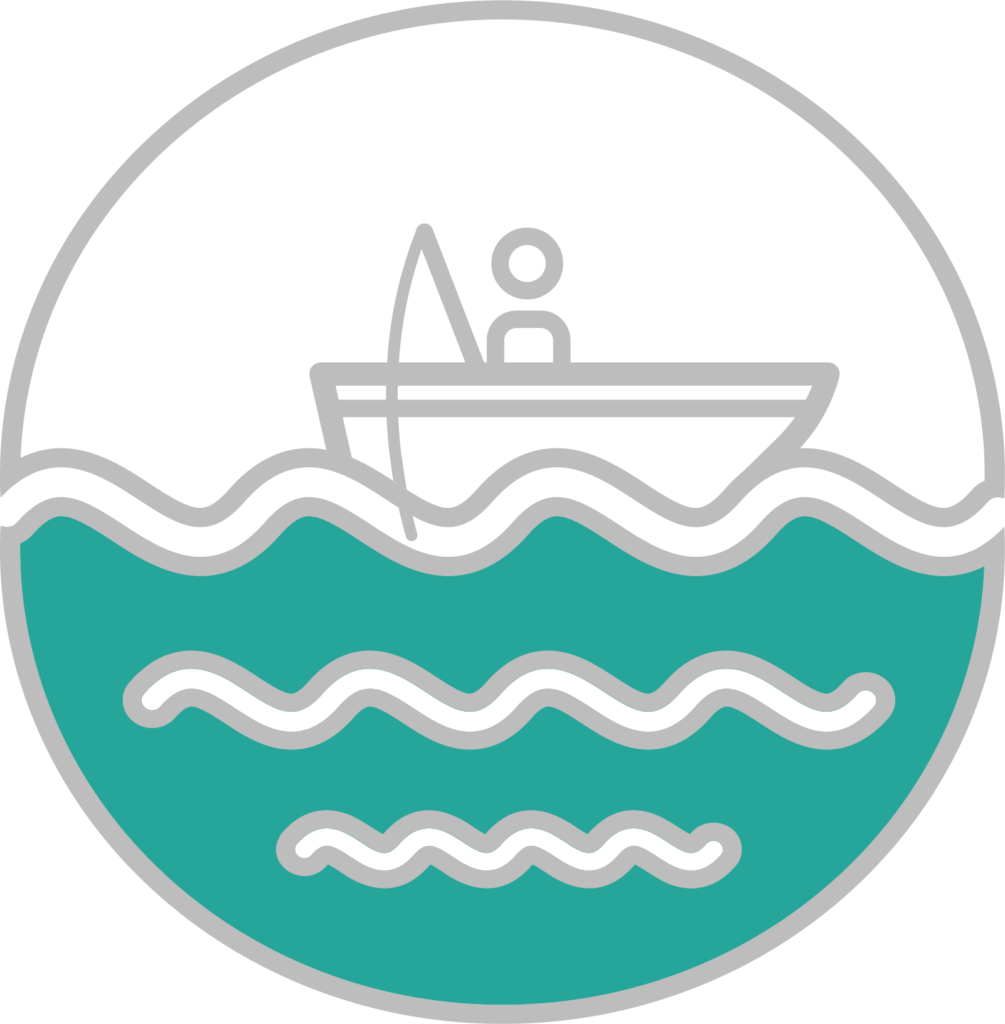
Fishing Mortality
Overfishing not occurring
Current Status
Stock status based on 2025 management track stock assessment. Spawning stock biomass estimated to be over 3 times its target. Management track assessment scheduled for 2027.
Meeting Calendar
Next Meeting
No events found
-
Recent Management Actions
Contacts
- Chelsea Tuohy, FMP Coordinator (CTuohy@asmfc.org)
- Management Board, John Maniscalco, Chair
- Technical Committee, Rachel Sysak, Chair
- Summer Flounder, Scup and Black Sea Bass Advisory Panel
Species Information
Scup, also known as porgies, are lively fish found from Cape Cod down to North Carolina. They’re a favorite among both commercial and recreational fishermen thanks to their tasty meat and strong schooling behavior. Scup thrive in warmer waters and play an important role in the local fishing communities. Managed with quotas, size limits, and seasonal rules, efforts are made to keep their populations healthy and sustainable. Recent assessments show that scup stocks are doing well, ensuring that anglers and fisheries can continue to enjoy this vibrant and important species.
Management
Scup are one of four species jointly managed by the Commission and the Mid-Atlantic Fishery Management Council (MAFMC). Scup are managed under Amendment 13 to the Summer Flounder, Scup and Black Sea Bass Fishery Management Plan (August 2002) and its subsequent Addenda (Addenda IX – XXXVI). The management program divides a total annual quota between the recreational fishery and the commercial fishery. Recreational fishery management measures include a combination of minimum size limits, bag limits, and fishing seasons. Since 2003, the states of Massachusetts, Rhode Island, Connecticut, and New York have formed a northern region when setting their recreational regulations. This regional approach enables greater consistency between the states where fishermen from different states are often fishing alongside each other in the same waters.
Addendum XXIX (2017) shortens the length of the commercial scup summer period and extends the length of the winter II period to allow for the better utilization of the commercial quota, which was under-harvested in recent years. The following new quota periods were implemented beginning in 2018: Winter 1, January 1‐April 30 (120 days); Summer, May 1‐September 30 (153 days); Winter II, October 1‐December 31 (92 days).
Addendum XXXI (2018) expands the suite of tools available for managing summer flounder, scup and black sea bass, and reduces inconsistencies between state and federal regulations. Further, through the Addendum, the Board recommended NOAA Fisheries implement regulations to allow transit through federal waters in Block Island Sound for non-federally permitted vessels in possession of summer flounder, scup and black sea bass.
In 2021, the Board and Council jointly approved changes to the commercial and recreational allocations of summer flounder, scup, and black sea bass (Amendment 22). These changes are intended to better reflect the current understanding of the historic proportions of catch and landings from the commercial and recreational sectors. The Board and Council developed this amendment in response to recent changes in how recreational catch is estimated by the Marine Recreational Information Program (MRIP), which resulted in a revised time series of recreational data going back to the 1980s. This created a mismatch between the data that were used to set the allocations and the data currently used in management for setting catch limits. Amendment 22 allocates 35% of the acceptable biological catch to the recreational fishery and 65% of the ABC to the commercial fishery based on historical landings from 1988 through 1992.
In June 2022, the Commission’s Interstate Fisheries Management Program Policy Board (Policy Board) and the Council approved a new process for setting recreational measures (bag, size, and season limits), referred to as the Percent Change Approach, as well as modifications to the recreational accountability measures for summer flounder, scup, black sea bass, and bluefish. This new process sets recreational management measures on a two-year timeline in line with information received through biennial stock assessments. The Policy Board adopted these changes through Addendum XXXIV to the Summer Flounder, Scup, and Black Sea Bass FMP and Addendum II to the Bluefish FMP. The Council and Policy Board also agreed to continue to work on developing an improved approach to setting recreational measures for summer flounder, scup, black sea bass, and bluefish. The Percent Change Approach was implemented in 2023, and will sunset at the end of 2025.
In April 2025, the Policy Board and Council adopted Addendum XXXVI to the Summer Flounder, Scup, and Black Sea Bass FMP and Addendum III to the Bluefish FMP, which made further modifications to the process for setting recreational measures and accountability measures for summer flounder, scup, black sea bass, and bluefish. The changes, which include modifications to the Percent Change Approach based on lessons learned over the past few years, will be implemented in two phases.
The first phase of changes aims to better account for stock status when setting measures and will create more opportunities for stability in management measures. These changes will take effect starting with the 2026 recreational measures for summer flounder, scup, and black sea bass.
The second phase of modifications, which will be implemented for setting 2030 recreational measures and beyond, will update the process to use a catch-based target. Unlike the current process – which focuses on achieving a specific level of predicted harvest – a catch-based approach aims to achieve a target level of total dead catch, including both harvest and dead discards. This approach will allow for more explicit consideration of how measures affect discards. The Council and Policy Board delayed the transition to a catch-based target until 2030 to allow time for additional analysis on the potential impacts to measures.
The Board and Council have set new specifications for 2026 and 2027. The 2026 commercial quota is 17.70 million pounds and the recreational harvest limit (RHL) is 13.17 million pounds. The 2027 commercial quota is 15.57 million pounds and the recreational harvest limit (RHL) is 11.58 million pounds.
Stock Status
The 2025 management track stock assessment indicated the stock is not overfished nor experiencing overfishing. SSB estimated at 517 million pounds in 2024 is over three times the target of 160 million pounds.
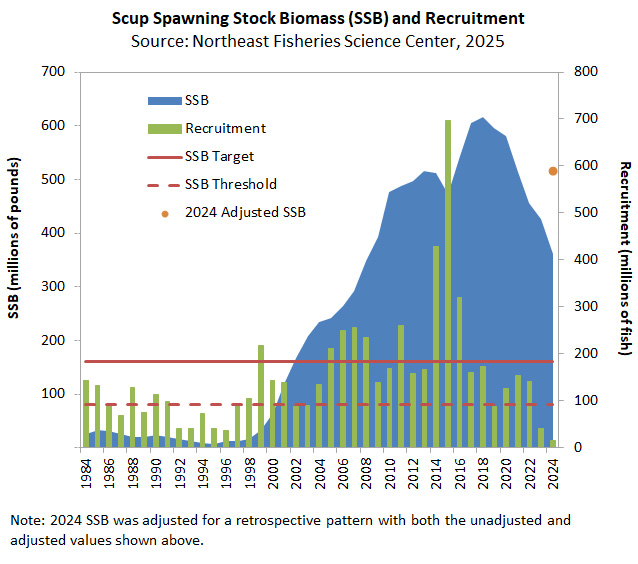
Since 1984, recruitment (e.g., the number of fish entering the population) estimates are influenced mainly by the fishery and survey catches-at-age, and were estimated at 16 million fish in the terminal year of the assessment (2024). The 2015 year class is estimated to be the largest of the time series, at 696 million age 0 fish. Below average recruitment occurred in 2022-2024. Stock biomass is projected to further decrease toward the target unless more above average year classes recruit to the stock in the short-term.
Commercial & Recreational Fisheries
Scup are highly sought after by commercial and recreational fishermen throughout Southern New England and the Mid-Atlantic. Scup support commercial fisheries from Massachusetts to North Carolina.
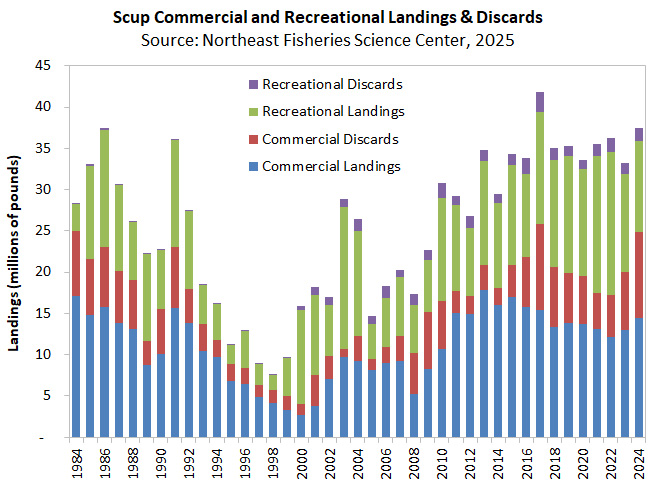
Commercial landings peaked in 1960 at 48.9 million pounds, and then ranged between 8.8 and 21.7 million pounds until the late 1980s. Landings increased to 15.6 million pounds in 1991, then dropped to the lowest landings measured in the fishery in 2000 at 2.7 million pounds. Starting in 2001, landings increased to about 15.0 million pounds in 2011. Since 2011, commercial landings have varied between 12.1 million pounds (2022) and 17.9 million pounds (2013). In 2024, commercial landings were 68% of the commercial quota. In 2024, the largest proportion of commercial landings came from Rhode Island (40%), New Jersey (27%), and New York (20%). Commercial discards have been highly variable during most of the past 3 decades, averaging 28% of the total commercial catch during 1981-2024. In absolute terms, discards reached their highest level in 2017 recording 10.4 million pounds. The time series low of approximately 1 million pounds of discards occurred in 2003.
The recreational fishery for scup is significant, with anglers accounting for 12 to 75 percent of total annual catches from 1981-2024. Prior to 1996 when the Commission and the Mid-Atlantic Fishery Management Council adopted the Scup Fishery Management Plan, recreational landings ranged from 2.3 million pounds and 14.2 million pounds. After the FMP was approved, recreational harvest remained low for a few years around 2-4 million pounds, which helped lead the way for spawning stock biomass (SSB) to recover in the early 2000s. Since the regional recreational management approach was introduced in 2003, recreational landings have averaged 11.2 million pounds annually. In 2024, recreational anglers harvested 11 million pounds, with the majority of the harvest coming from the northern states Massachusetts, Rhode Island, Connecticut, New York, and New Jersey.
Life History
Scup (Stenotomus chrysops) are a migratory, schooling species found on the continental shelf of the Northwest Atlantic, commonly inhabiting waters from Cape Cod, Massachusetts to Cape Hatteras, North Carolina. The abundance of scup in a specific area is frequently influenced by water temperature. Scup prefer temperatures greater than 45 degrees F and are most frequently encountered in water temperatures from 55 to 77 degrees F.
Scup overwinter in offshore waters from southern New Jersey to Cape Hatteras. When water temperatures begin to rise in spring and summer scup migrate to more northern and inshore waters to spawn. Spawning areas include locations from southern New England to Long Island, New York. Large fish arrive to the spawning grounds first, followed by successive waves of smaller individuals, suggesting that scup school by size. Larval scup are pelagic and are found in coastal waters during warmer months. Juvenile scup use a variety of coastal habitats and can dominate the overall fish population in large estuarine areas during the summer months.
News & Resources
Explore recent news, management updates, and scientific reports to gain a deeper understanding of ongoing conservation efforts and sustainability strategies.
-
The Mid-Atlantic Fishery Management Council met December 16-18, 2025, in Washington, DC. As part of the meeting, the Atlantic States Marine Fisheries Commission’s (Commission) Interstate Fisheries Management Program Policy Board (Policy Board), and Summer Flounder, Scup and Black Sea Bass Management Board (Board), met jointly with the Council to take action and discuss a number…
-
The Atlantic States Marine Fisheries Commission’s Winter Meeting will be February 4 – 5, 2025 at The Westin Crystal City.
-
Recreational Measures Setting Process for Summer Flounder, Scup, Black Sea Bass, and Bluefish
-
The Mid-Atlantic Fishery Management Council met August 12-14, 2023, in Annapolis, MD. As part of the meeting the Atlantic States Marine Fisheries Commission’s (Commission) Interstate Fisheries Management Program Policy Board (Policy Board), Bluefish Management Board (Board), and Summer Flounder, Scup and Black Sea Bass Management Board (Board), met jointly with the Council to take action…
-
Prepared for the Commissioner Manual
-
-
This assessment of the Atlantic Bluefish (Pomatomus saltatrix) stock is a management track update assessment of the existing 2022 research track assessment (NEFSC 2022). Stock status for bluefish from the research track assessment (data through 2021) found the stock was not overfished, and overfishing was not occurring.
-
The MAFMC and ASMFC Interstate Fisheries Management Program Policy Board (Policy Board) have approved modifications to the process for setting recreational measures (bag, size, and season limits), as well as the recreational accountability measures, for summer flounder, scup, black sea bass, and bluefish. The MAFMC recommended these changes through a framework action, and the Policy…
-
The Mid-Atlantic Fishery Management Council’s (Council’s) Summer Flounder, Scup, and Black Sea Bass and Bluefish Advisory Panels (APs) met jointly with the Atlantic States Marine Fisheries Commission’s (Commission’s) Summer Flounder, Scup, and Black Sea Bass and Bluefish APs on March 13, 2025 to review public comment, review a summary of the recent Fishery Management Action…
-
-
-
This press release revises the February 3rd announcement by changing the date of the New Jersey hearing from February 24 to February 25. The hearing time and location remain the same.
-
-
The purpose of this proposed amendment is to consider modifications to the recreational management program for summer flounder, scup, black sea bass, and bluefish. Specifically, the amendment may consider options for managing for-hire recreational fisheries separately from other recreational fishing modes (referred to as sector separation), as well as options related to the collection and…
-
Arlington, VA – The Atlantic States Marine Fisheries Commission releases for public comment the Public Information/Scoping Document for the Recreational Sector Separation and Data Collection Amendment for Summer Flounder, Scup, Black Sea Bass and Bluefish. The document is a joint effort of the Commission and the Mid-Atlantic Fishery Management Council given the species are managed…
Get Hooked on ASMFC News
Dive into the latest updates and catch all the important news by joining our newsletter mailing list. Stay in the loop with meeting agendas, fisheries management news, and more.
